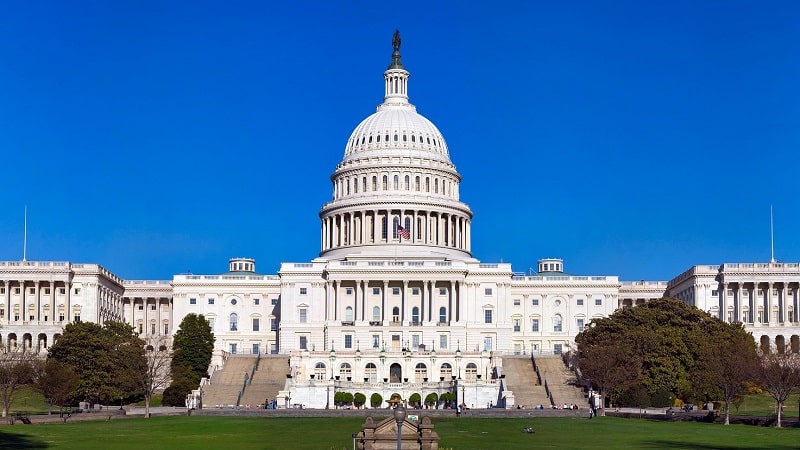
Lawmakers of the House Science Committee introduced two pieces of legislation last week that would codify the Department of Energy’s (DoE) existing research partnerships with NASA and the National Science Foundation (NSF) to better address critical science and technology challenges.
The DoE and NASA Interagency Research Coordination Act – introduced by Energy Subcommittee Chairman Brandon Williams, R-N.Y., and Space and Aeronautics Subcommittee Ranking Member Eric Sorensen, D-Ill. – would improve interagency coordination between the DoE and NASA.
The two agencies have a long history of collaborating on fundamental and early-stage research, including nuclear propulsion and power for spacecraft.
If passed, the legislation would also ensure DoE and NASA can work together on the critical challenges of building a lunar surface infrastructure and efficiently powering a crewed journey to Mars.
“Together, the DoE and NASA will engage directly with each other on [research and development] for propulsion systems, fundamental high-energy physics, quantum network infrastructure, and more. These two agencies share a common goal of advancing scientific knowledge and improving our understanding of the universe. This bill will facilitate that mission and I look forward to the report on their joint findings and progress for years to come,” Rep. Williams said in a statement.
The second legislation, the DoE and NSF Interagency Research Act – sponsored by Research and Technology Subcommittee Ranking Member Haley Stevens, D-Mich., and cosponsored by Rep. Jim Baird, R-Ind. – would support the existing partnership between the DoE and NSF to help them work on a wide range of research topics, like physics, quantum information sciences, artificial intelligence, advanced manufacturing, and workforce and education development.
The bill would also enhance the DoE and NSF’s capabilities to maximize their impacts by leveraging each other’s investments in research and development.
“These two agencies are absolutely critical to ensuring our national competitiveness both today and for the decades to come,” Rep. Stevens said. “This bill further strengthens the legislative foundation we secured with the landmark CHIPS and Science Act last summer. Ensuring our premiere science are able to foster a collaborative research environment is critical to supporting our overall R&D enterprise, and this bill will do just that.”
According to the lawmakers, it’s critical to strengthen these interagency research partnerships because global competition continues to increase and new opportunities for governmentwide collaboration and coordination are developing.
In addition, to keep its reputation as a world leader in scientific research and innovation – especially as global competition continues to increase – it is critical to reinforce partnerships that promote domestic advancements.
“Strong collaborations push our understanding of the world to new heights,” said Rep. Sorensen.
Last month, the Committee held a hearing examining DoE’s role in the Federal research enterprise and the agency’s current critical interagency partnerships. They also unanimously passed two previous DoE interagency research bills, further strengthening these interagency partnerships.
